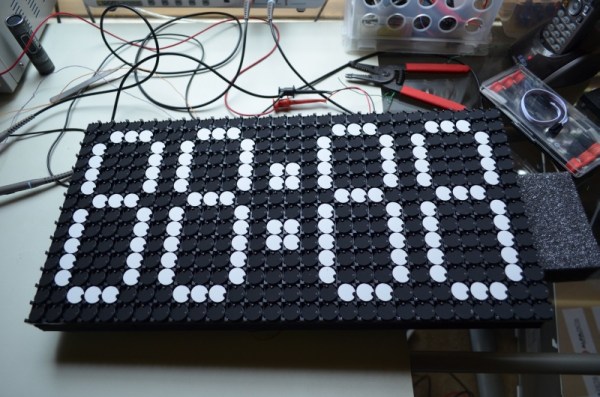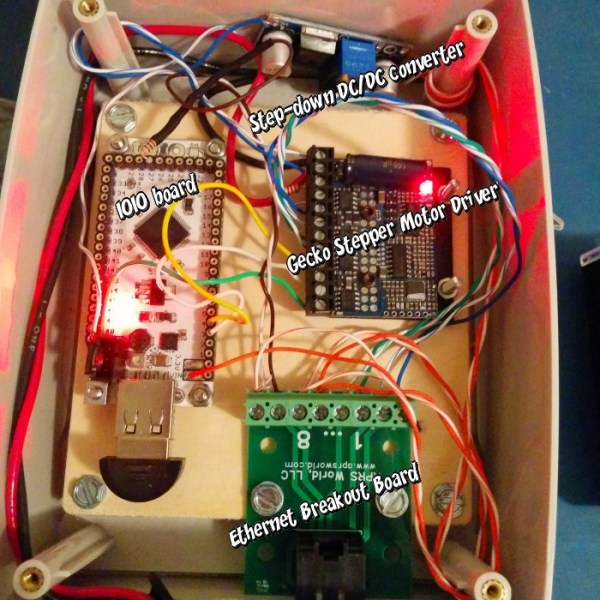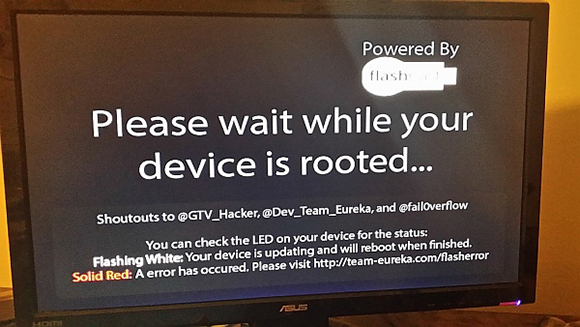[Justin] tipped us about his slick custom OBD-II gauge that could easily pass for an OEM module. He was able to use the clock area of his Subaru BRZ to display a bunch of information including the oil and coolant temperatures and the battery voltage.
The forum post linked above has a good FAQ-based explanation of what he did, but so many people have told him to shut up and take their money that he created an Instructable for it. Basically, he’s got a Sparkfun OBD-II UART board communicating with a pro Trinket. The display is an Adafruit OLED, which he found to be an ideal choice for all the various and sundry light conditions inside the average car.
[Justin] was able to reuse the (H)our and (M)inute buttons and reassigned them to (H)igh to show the peak reading and (M)ode to, well, switch between modes. The (:00) now resets the peak readings. He offers suggestions for acquiring the specific CAN codes for your car to make the data more meaningful. [Justin]’s code is safe in the many tentacles of Octocat, and you can check out his demo video below.
















